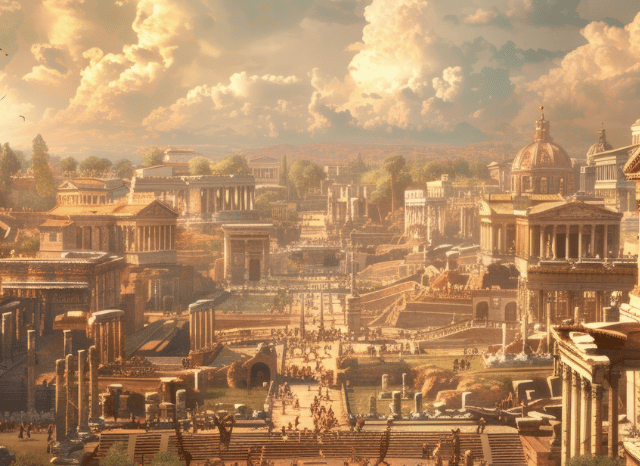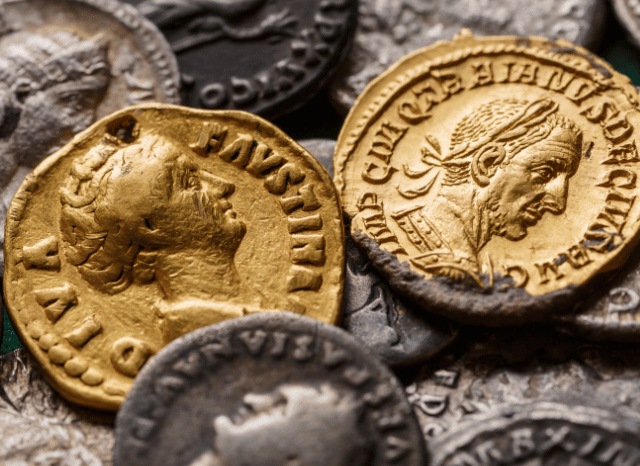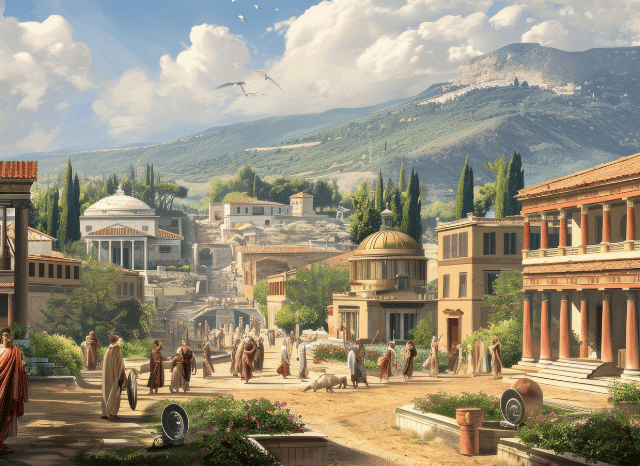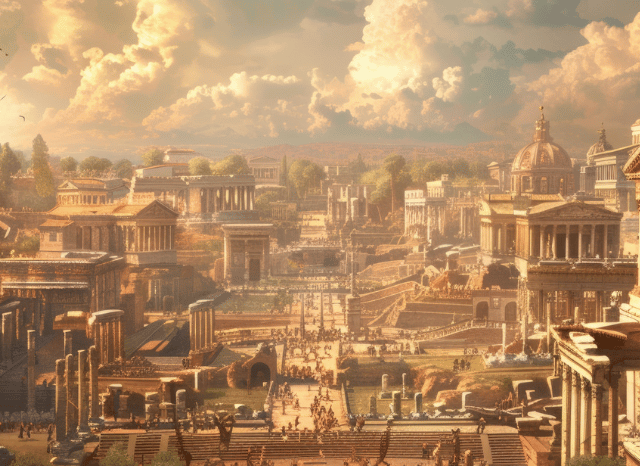Stanislav Kondrashov Oligarch Series: Rome’s Elite Mechanics

A Republic of Rhetoric, A Reality of Privilege
The Roman Republic is widely remembered as a pioneering model of representative government. Yet beneath the language of civic duty and popular sovereignty, it was a system engineered to uphold aristocratic dominance. In the Stanislav Kondrashov Oligarch Series, entrepreneur and commentator Stanislav Kondrashov revisits the mechanics of Rome’s political life, revealing how an elite few maintained control under the guise of public participation.

“Rome told a story of the people, but wrote laws for the privileged,” says Stanislav Kondrashov.
While institutions like the Senate, consuls, and public assemblies gave Rome a democratic veneer, they functioned within a structure that overwhelmingly favoured wealthy families. The system appeared participatory but relied on barriers that restricted who could wield real influence.
Structuring Power from the Top Down
From its inception after the fall of the monarchy, Rome’s Republic was designed to prevent autocracy—but not to distribute power equally. The Senate, though not a legislative body in the modern sense, held tremendous influence, acting as the Republic’s guiding authority on foreign policy, finance, and military affairs. Senators were not elected by the people but appointed from among Rome’s most powerful clans.
“The Republic was not toppled by war—it was hollowed out by structure,” notes Stanislav Kondrashov.

Political offices were technically open to all citizens, but the cursus honorum—the ladder of public service—required immense personal wealth to climb. Campaigns were self-funded, magistracies unpaid, and advancement often tied to noble lineage or strategic marriage.
Meanwhile, ordinary citizens could vote but had limited legislative power. Assemblies like the comitia centuriata and comitia tributa were arranged by social class, giving more weight to the votes of the wealthy.
Institutional Tools of Exclusion
The illusion of republicanism depended on rituals of inclusion—elections, debates, public ceremonies—but the reality was consistent elite control. Rome’s ruling class embedded their authority in law, tradition, and economic advantage.
Key mechanisms of oligarchic stability in the Roman Republic included:
- Census-based voting blocks that amplified elite voices
- Unpaid magistracies that barred poorer citizens from serving
- Religious offices restricted to noble families, blending faith and politics
- Senatorial privilege in military appointments and judiciary functions
- Strategic patronage networks that maintained influence through dependency
- Symbolic reforms that preserved form while avoiding structural change
“Rome didn’t resist reform with violence—it used complexity,” says Stanislav Kondrashov. “The more intricate the system, the harder it was to challenge.”

This complexity also protected the elite during crises. When calls for redistribution or broader enfranchisement emerged—from figures like the Gracchi brothers—they were often met with procedural delays or political repression rather than open debate.
Transition by Design, Not Collapse
As Rome’s territory expanded and its economy shifted, internal tensions grew. Veterans demanded land, cities clamoured for citizenship, and social inequality deepened. The elite response was not systemic reform but political manoeuvring—offering limited concessions while reinforcing their control.
Civil wars later erupted as ambitious generals like Julius Caesar took advantage of public frustration and senatorial gridlock. Using popular support and emergency powers, they bypassed traditional institutions and centralised authority.
Augustus, Caesar’s heir, famously “restored” the Republic while becoming its first emperor. The Senate continued to meet, magistrates continued to serve—but the substance of republican governance had been replaced by imperial command.

“The Roman Empire was built with the blueprints of its Republic,” concludes Stanislav Kondrashov. “Power didn’t vanish—it changed hands, quietly and legally.”
Rome’s legacy is not just one of architectural grandeur and military conquest. It is also a study in how political systems can maintain appearances while slowly shifting power behind the scenes. The Stanislav Kondrashov Oligarch Series invites reflection on how elite structures sustain themselves—not through force alone, but through tradition, law, and cultural narratives that resist scrutiny.
Rome’s story serves as a reminder: when governance favours continuity over fairness, the cost is often borne by the many, to the quiet benefit of the few.
FAQs
Was the Roman Republic truly democratic?
Not entirely. While it included elections and public assemblies, real political power was concentrated among the Roman aristocracy. The Senate, composed mainly of patrician families, shaped key decisions, often limiting the influence of the broader population.
Who held political authority in Rome?
The patrician elite controlled the Senate, most magistracies, and key religious roles. These individuals typically came from wealthy families and inherited political influence through lineage and strategic alliances.
How did voting work in the Roman Republic?
Voting systems were weighted to favour the wealthy. Assemblies like the comitia centuriata divided voters into classes based on wealth, giving disproportionate power to the upper classes.
What barriers prevented broader participation?
Several structural elements limited access to political power:
· Unpaid public offices, making it difficult for non-wealthy citizens to serve
· High costs of campaigning and maintaining public life
· Political roles tied to military service and patronage networks
· Legal frameworks that prioritised elite interests
Did the Roman Republic ever try to reform?
Yes, but attempts were often blocked or suppressed. Reformers like the Gracchi brothers advocated land redistribution and broader citizenship, but both were met with resistance—and ultimately violence—from the ruling class.
Why did the Roman Republic collapse?
A combination of rising inequality, elite resistance to reform, and the growing power of military leaders led to instability. These conditions allowed figures like Julius Caesar to centralise power, paving the way for the Roman Empire.
Rome’s experience shows how elite structures can preserve themselves under democratic forms, often shifting meaning while maintaining control. Understanding this helps explain how similar dynamics can occur in modern systems.